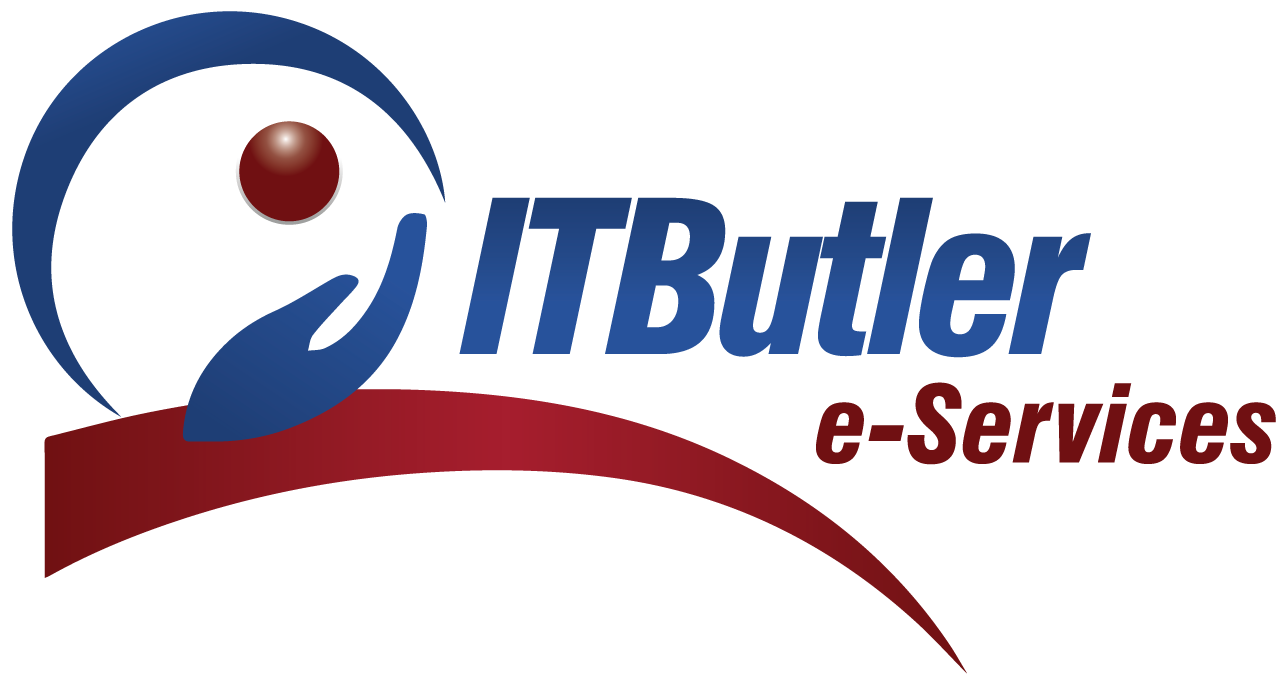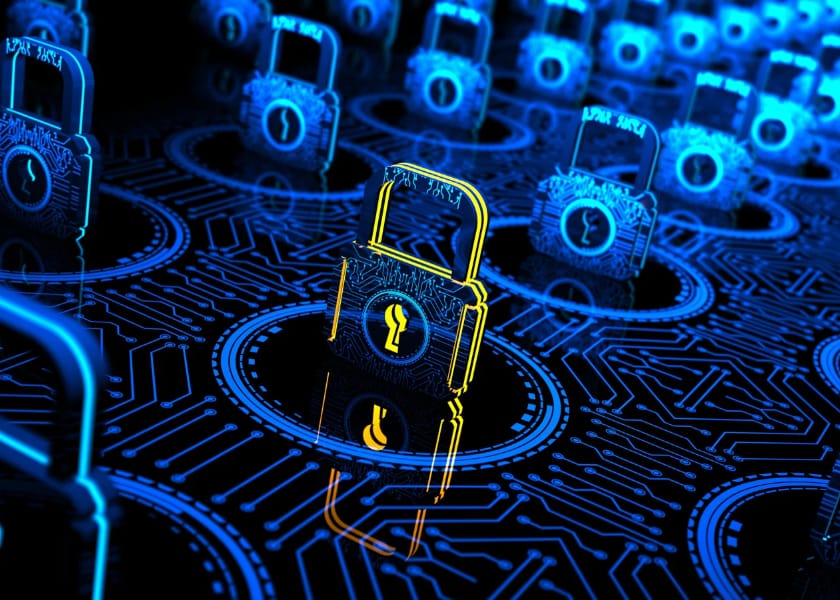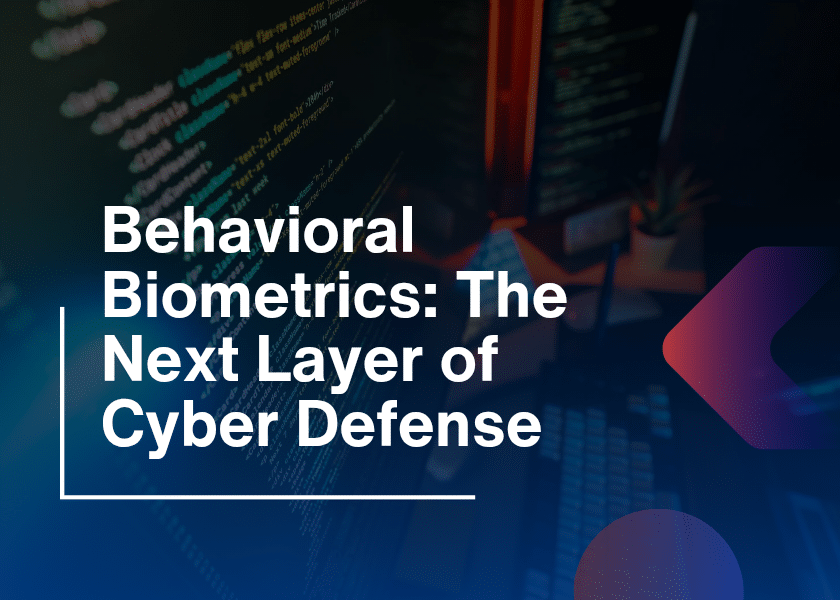Are you unsure where to begin with your upcoming SAMA audit? If yes, you are not alone; many organizations feel overwhelmed when facing the strict cybersecurity requirements set by the Saudi Arabian Monetary Authority (SAMA). So, with financial institutions under increasing pressure to stay compliant and secure, the best place to start is a cybersecurity gap analysis. It helps you understand where you stand and what needs to be fixed. In this guide, we’ll walk you through the steps to conduct a successful SAMA cybersecurity gap assessment, all in a simple, practical, and human way.
What Is a SAMA Audit?
Through SAMA’s cybersecurity gap assessment process, an organization needs to examine its current cybersecurity state versus SAMA security controls embedded in the SAMA Cybersecurity Framework. The assessment system aims to detect weak points before designing a program toward compliance standards.
Why Is It Important?
Failure to comply poses serious risks, including financial penalties, damage to your reputation, and possible operational stoppages. More importantly, the SAMA cybersecurity audit isn’t just a box-ticking exercise; it’s about making sure your systems, processes, and people are equipped to prevent and respond to cyber threats.
Step 1: Understand the SAMA Cybersecurity Framework
Before jumping into assessment mode, you must get familiar with the framework itself.
Key Components of the SAMA Controls
Firstly, SAMA breaks cybersecurity into several domains, such as:
- Cybersecurity Governance
- Risk Management
- Asset Management
- Access Control
- Operations Security
- Incident Management
- Business Continuity
Each domain includes SAMA controls that specify what your organization must implement. Therefore, read the SAMA Cybersecurity Framework like a checklist, but don’t rush. Some controls may sound simple but require deep changes in internal systems or culture.
Step 2: Form Your Assessment Team
Let’s be real, you can’t do this alone. You need a team with different skills.
Who Should Be on the Team?
- CISO or Head of IT Security
- Internal Audit Representative
- Compliance Officer
- IT Operations Manager
SO, having cross-functional team members will ensure that you catch gaps in technical systems as well as policies and procedures.
Step 3: Perform a Cybersecurity Gap Analysis
Now comes the heart of the process —the cybersecurity gap analysis. This means comparing your current practices with SAMA’s required controls.
Start With Documentation
First, gather all existing security policies, process documents, and technical configurations.
Then, for each SAMA control:
- Check if it exists in your environment.
- Review how well it’s implemented.
- Identify if any part is missing or weak.
Additionally, use a scoring system (e.g., 0 = not implemented, 1 = partially, 2 = fully) to help rate each control.
Step 4: Identify and Prioritize Gaps
You’ve found the gaps, now what? Prioritize them based on risk.
High-Risk vs. Low-Risk Gaps
- High-risk gaps: These involve sensitive data, lack of access control, or poor incident response planning. Fix these first.
- Medium-risk gaps: These might include outdated policies or irregular employee training.
- Low-risk gaps: Minor inconsistencies or documentation issues.
Additionally, make sure to align the prioritization with your business impact and SAMA’s timelines.
Step 5: Develop a Remediation Plan
A plan without action is just wishful thinking. So, once gaps are identified, create a clear action plan.
What Should the Plan Include?
- Specific actions to close each gap
- Responsible teams or individuals
- Deadline for implementation
- Resource needs, like tools or external support
Furthermore, break the plan into short-term and long-term goals so you don’t get overwhelmed.
Step 6: Implement the Changes
It’s showtime. Begin rolling out changes based on your action plan.
Start with the Big Wins
Address the critical issues first, especially if a SAMA audit is approaching. For example:
- Fixing access controls
- Enhancing data backup systems
- Updating outdated firewalls
Also, keep communication open across departments so that implementation is smooth and well-documented.

Step 7: Monitor and Review Progress
Compliance isn’t a “one-and-done” task. You need continuous monitoring.
Use KPIs to Track Improvements
- Number of closed gaps per quarter
- Incident response times
- Policy compliance rates
So, regular internal reviews will not only keep you compliant but also boost your overall cybersecurity maturity.
Step 8: Conduct Internal Testing Before the SAMA Audit
Before SAMA walks through your digital doors, do a dry run.
Conduct a Mock Audit
Invite internal auditors or a third party to run a simulation. This helps in:
- Identifying last-minute issues
- Testing your documentation
- Preparing your team for real audit questions
Because it’s better to uncover issues now than during the actual SAMA audit.
Step 9: Document Everything (Yes, Everything!)
SAMA is serious about documentation. From access logs to training records, you’ll need it all.
Key Documents to Maintain
- Cybersecurity policy and procedures
- Risk assessments
- Gap analysis reports
- Training logs
- Incident reports
Proper documentation not only proves compliance, but it also protects your organization during investigations or incidents.
Step 10: Educate and Train Your Team
Even the best tools and policies can’t help if your people aren’t prepared.
Make Cybersecurity Everyone’s Job
Firstly, conduct awareness sessions, phishing simulations, and workshops to keep your team sharp. Also, tailor training to specific roles so that technical teams, managers, and executives all know their responsibilities under SAMA controls.
Common Mistakes to Avoid
Mistakes occur without a doubt. Avoiding well-known mistakes will save you many points of stress during this process.
1. The Saudi Arabian Monetary Authority updates its framework through periodic modifications, which organizations should monitor. Therefore, failure to follow updates from SAMA will result in using inferior security controls.
2. The responsibility of protecting the IT infrastructure belongs to everyone in the organization and not solely to those in the information technology department. Therefore, the legal departments, along with human resources and finance teams, should participate in the project.
3. Similar to exams, the SAMA audit operates better when you begin the preparation before the final deadline approaches. Therefore, the act of last-minute cramming will reveal itself to others Plan.
Final Thoughts
The ultimate purpose behind performing a SAMA cybersecurity gap assessment is defined itself. Additionally, auditing requirements cannot replace the actual purpose behind gap assessment work. The goal is to construct an organization that guarantees safety while maintaining durability and allowing proactive measures because cybersecurity serves as more than just a burden, but a strategic strength.
Therefore, the proper attitude needs to defend your systems while simultaneously defending your good name along with your customers and your business prospects. Yes, it takes time. The path to implement SAMA controls demands both organizational dedication and team effort.






